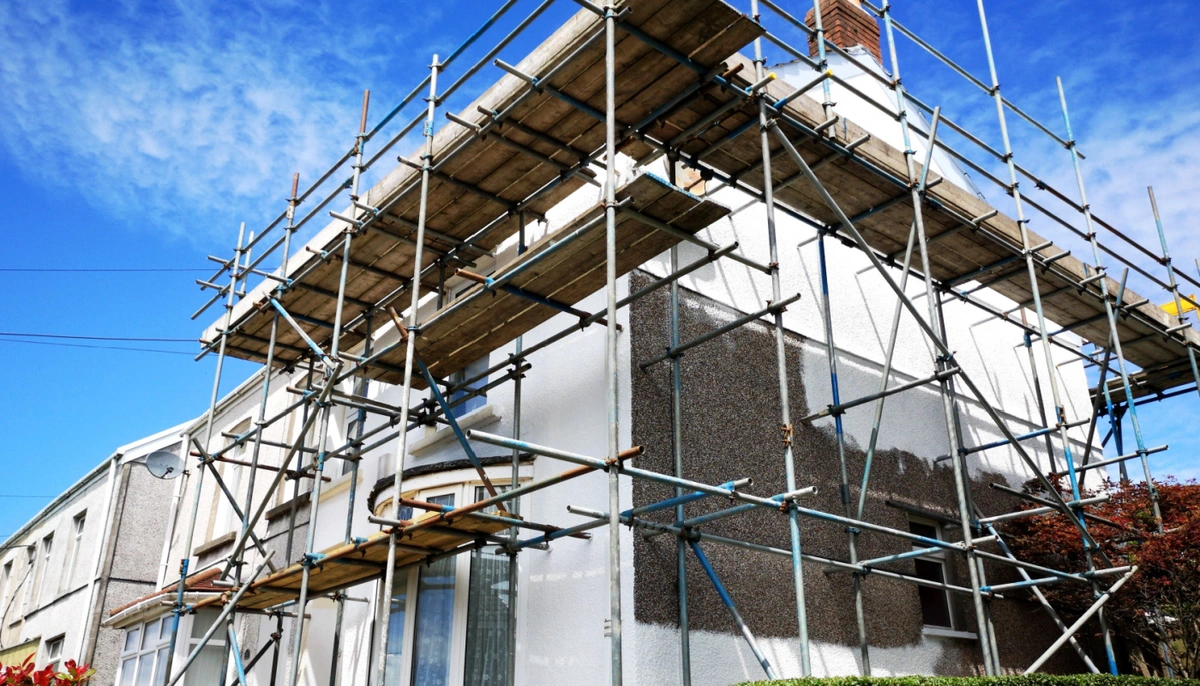Share
Insurance Guide

Related Articles

Maintenance Checklist for Landlords
Maintaining your rental property can be expensive and time-consuming, but failing to maintain it is even worse and can expose you to liability lawsuits

Does Landlord Insurance Cover Tenant Damage?
Tenant damage can be costly to repair. The cause and nature of the damage will determine whether tenant damage insurance provides coverage.

Actual Cash Value vs Replacement Cost: What It Means for Your Insurance Payout
Choosing between the two main property valuation methods – actual cash value vs replacement cost – can make a big difference if you ever have to file a claim

Better coverage is closer than you think
- Tell us about your property
- Get an instant, personalized quote
- Enjoy up to 40% savings